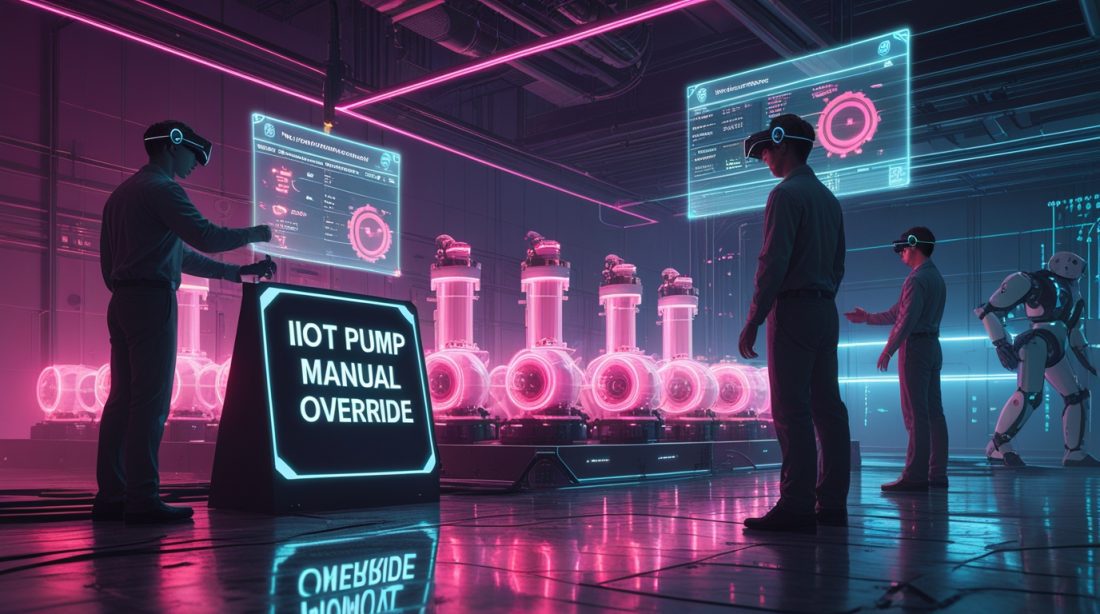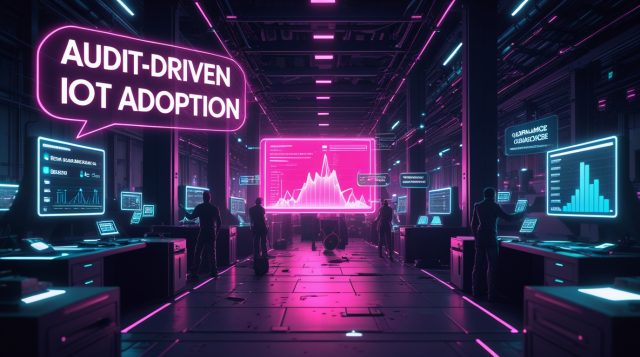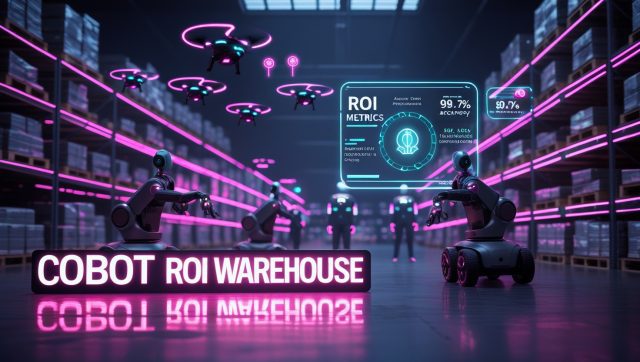Fast Facts
IIoT pump manual override remains a common issue, affecting one-third of smart pumps during peak load. The root causes include limited process monitoring, vibration-only diagnostics, and latency from cloud-based AI. Predictive maintenance models struggle with dynamic conditions, making edge computing and multi-modal analytics essential for real-time reliability and autonomous pump performance. For more on latency issues, see How to Fix IIoT Data Latency and Achieve Real-Time Visibility.
The Persistent Gap in Smart Manufacturing
You’ve invested in smart, IIoT-enabled pumps. The promise was seamless, autonomous operation. Yet, during the most critical moments—peak production—a startling number of these systems still require an operator to step in and manually take control.
Recent analysis in the industrial AI analytics for reliability space suggests this isn’t a rare glitch; it’s a common reality for about one in three installations. This phenomenon exposes a critical evolution in our understanding of automation. It turns out that connecting a pump to the internet is just the first step. True autonomy requires multi-modal AI for asset health and deeper system intelligence.
You can read how industrial IoT platforms are driving emerging market growth and why many are still facing infrastructure and localization hurdles in regions like Africa—explored in Why Multilingual IIoT Platforms Are Struggling to Conquer Africa in 2025.
Why Vibration Monitoring Isn’t Enough
A primary reason for manual overrides is an over-reliance on a single data stream. Many IIoT systems are heavily geared toward vibration monitoring, but this approach faces vibration monitoring limitations in IIoT contexts.
Vibration tells only part of the story—it’s a symptom, not the disease. By the time a pump shows abnormal vibration, the underlying process parameters like pressure, flow, or temperature may have already deviated. Studies indicate that over 70% of predictive maintenance problems in pumps originate from process-related issues rather than hardware defects.
A fictional example: Sarah, a plant engineer, relied on vibration-only monitoring. Yet, her pump overheated and failed under IIoT pump peak load performance issues, forcing manual control. The cause? A pressure fluctuation her system wasn’t tracking.
This highlights the need to integrate process data into pump monitoring and improve connectivity reliability through methods such as Industrial Wi-Fi Zoning for Reliable IIoT Networks.
Why AI Models Struggle with Peak Load Scenarios
AI models excel under normal conditions but falter under extremes. During high-demand scenarios, they face problems with predictive maintenance in pumps due to limited data diversity and system latency.
Data Scarcity
AI relies on past examples. But in well-maintained plants, failure data is scarce. This limits dynamic reliability modeling for pumps, especially during unpredictable peak operations. See how Bosch achieved predictive maintenance savings with AI in this detailed analysis.
The Cloud vs. Edge Dilemma
Many IIoT systems depend on cloud analysis, introducing lag. This latency in IIoT systems can prevent timely responses, driving a trend toward cloud vs. edge AI for industrial equipment debates. Learn more about these trade-offs in Connectivity-as-a-Service Transforms Industry 4.0.
Why Process Health Is the Missing Link
Process health vs machine health monitoring is now a defining factor in industrial AI. A pump doesn’t exist in isolation—its performance depends on upstream and downstream conditions.
Systems that focus only on mechanical data overlook critical process signals. The best practice today is holistic pump monitoring, combining vibration, temperature, pressure, and acoustic data for a complete view of asset and process health.
This trend parallels the growth of AI-driven industrial energy optimization across industries—explored in AI-Driven Industrial Energy Optimization in 2025.
The Path to True Autonomy: Smarter IIoT
The goal isn’t to remove IIoT—it’s to refine it. True autonomy involves combining expert-in-the-loop AI systems with AI for industrial pump optimization and best practices for IIoT pump monitoring.
Key improvements include:
- Adopt a Process-First Monitoring Approach: Integrate sensors for flow, pressure, and temperature along with vibration to prevent IIoT pump failure during high demand.
- Leverage Multi-Modal AI Analytics: Fuse data from multiple sources to improve predictive maintenance ROI for pumps.
- Utilize Edge Computing: Reduce system delays and improve real-time diagnostics for rotating equipment.
- Incorporate Expert Oversight: Use human expertise to refine AI-driven maintenance optimization systems.
For a broader perspective, check the Best Industrial IoT Platform Comparison 2025 Guide and Top 7 Industrial IoT Platforms for Smart Factories.
FAQ
Is manual override of an IIoT pump a sign of system failure?
Not necessarily. It often indicates that the system has encountered a complex, unpredictable scenario beyond its current programming. The override acts as a crucial safety net, allowing human expertise to manage the exception.
Can’t we just train the AI with more data?
What’s the financial impact of these manual overrides?
Beyond labor costs, unplanned manual intervention during peak load can lead to production disruptions, quality issues, and increased stress on equipment. Predictive maintenance models show that preventing these events can reduce total maintenance costs by up to 80% compared to conventional scheduling .
Stay Informed on Industrial AI
The future of manufacturing lies in AI-driven maintenance optimization and solving latency in IIoT systems through edge computing for industrial pumps. As we advance toward autonomous industrial operations, integrating process data into pump monitoring remains key to reducing pump manual overrides and ensuring system autonomy.
Subscribe for insights on industrial IoT, including how AI reduces pump downtime and how global platforms are evolving beyond 2025.



